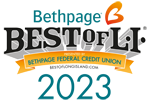How And Why Brushing Your Dog Is Important in 2023
If you’re like most dog owners, you want to give your pet the very best care. That’s why you make sure he or she eats a great diet, gets adequate exercise, and goes to the vet regularly. However, there’s one important aspect of care that many dog owners neglect: brushing. It’s easy to overlook the importance of daily brushing or think of it as an optional step. But brushing is a key aspect of your dog’s care! In this article, we’ll explore several benefits of brushing your dog and some tips for success.
Brushing your dog’s coat does make it look better by improving shine and removing tangles. However, it also has important health benefits. By helping to stimulate natural oil production and spread oils on your dog’s skin, you’re supporting your dog’s skin health. If your dog is hosting any harmful pests, like fleas or ticks, you’ll probably notice them while brushing. Also, you’ll be more likely to find tumors, hot spots, or skin diseases if you’re brushing your dog’s coat regularly. Early detection often results in better treatment outcomes!
In addition to offering health benefits, daily brushing can become a key bonding activity for you and your dog. When brushing is a daily habit, dogs learn to relax and enjoy the experience. They also benefit from the comfort of a mat-free, healthy coat throughout the whole day.
If you haven’t been brushing your dog, now is the perfect time to start. Of course, many dogs don’t immediately adapt to new experiences or routines. So how can you get your dog’s brushing routine off on the right foot?
First, be sure to choose the right brush for your dog’s coat. For short-haired breeds, you’ll need short bristles that are close together. The longer the coat, the longer the bristles will need to be. Also consider the size of the brush—a tiny brush won’t work on a Great Dane, and a large brush won’t work on a Chihuahua. If your dog is a notorious shedder, you might consider a flat slicker brush for removing dead hair and detangling your dog’s coat.
Next, make sure your brushing technique is correct. Always brush when your dog is clean and dry to avoid coat damage. Try to follow the angle of your dog’s hair growth with your brush strokes, rather than going against the grain. Brush hard enough to remove mats, but not so hard that you’re hurting your dog’s skin.
Finally, take time to build an effective brushing routine for your dog. If your pet runs away at the sight of a brush, you’ll need to help them warm up to the idea gradually. Try to brush your dog at the same time and in the same place each day, and start with a treat. Remove any distractions, like other pets or loud noises, before you start. Try brushing just a few strokes at first, and work up to brushing the full coat over time. Talk to your dog throughout the process, to help him or her associate the experience with praise and attention.
If you have specific concerns about brushing your dog, check in with your Dan’s Pet Care professional. They’ll be glad to share any of their personal product recommendations or tips and tricks. With a little patience and the right tools, you can help your dog experience the benefits of regular brushing. Don’t give up—your dog is worth it!





